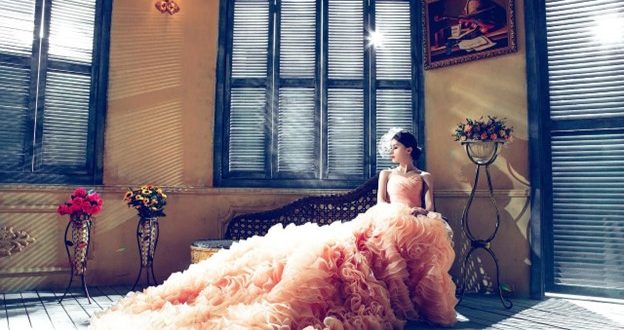Weddings in 1900 were very different from the lavish celebrations that are common today. The focus was on tradition, modesty, and elegance, rather than grandeur and extravagance. In fact, the average wedding in 1900 was a smaller, more intimate affair, typically attended by close family and friends.
Weddings were typically held in churches, and the bride and groom exchanged vows in front of a priest or minister. The ceremony was a simple and elegant affair, with the bride and groom exchanging vows, rings, and a kiss to seal their union. After the ceremony, the newlyweds and their guests often celebrated with a reception, which was typically held in the bride’s family home or at a local hotel.
The reception was a time for the newlyweds to celebrate with their family and friends and to enjoy a meal together. The menu for the reception was often simple and consisted of traditional dishes, such as roasted meats, vegetables, and fruits. After the meal, the guests often danced, sang, and played games to celebrate the union of the bride and groom.
Ways to Show Social Success in 1900 Weddings:
- Large wedding ceremonies held in prestigious venues, such as a grand church or an elegant hotel.
- The bride wearing an elaborate, expensive wedding gown and headpiece.
- A long list of guests, including high-society figures and important political figures.
- Extravagant floral arrangements and decorations.
- A lavish reception with fine cuisine and expensive wine.
- A large bridal party, including many bridesmaids and groomsmen.
- A horse-drawn carriage or a fancy automobile for the bride and groom’s transportation.
- A honeymoon to an exotic, upscale location.
- Live musical performances and dancing at the reception.
- A reception that continues into the late hours of the night, showcasing the couple’s affluence and social status.
A Look at the Headpieces of 1900s Weddings
One of the most notable features of weddings in 1900 was the headpiece worn by the bride. The headpiece was a crucial part of the bride’s attire, and it was often a symbol of her status, wealth, and beauty. Headpieces of this era were typically made of delicate lace, silk, or satin and were adorned with intricate embroidery, pearls, and other precious stones. Even today many brides like to wear antique headpieces from 1900 due to their quality and delicacy.
The most popular headpieces in 1900 were the Juliet cap, which was a small, rounded cap made of lace or silk, and the bandeau, which was a simple headband made of ribbon or fabric.
The bandeau was often decorated with delicate flowers or ribbons and was worn by brides who wanted a more understated look. The Juliet cap was more elaborate and was typically worn by brides who wanted to make a statement on their special day.
Another popular headpiece in the 20th century was the halo hat, which was a wide-brimmed hat that covered the entire head. It was often made of silk or satin and was decorated with feathers, flowers, or ribbons.
In addition to headpieces, brides also wore long, flowing veils that were attached to their headpieces. The veil was an important part of the bride’s attire and was a symbol of her innocence and purity. The veil was often made of delicate tulle or lace and was sometimes embroidered with pearls or other precious stones.
Not So Romantic
Marriage in 1900 was largely based on social, economic, and political considerations, rather than just love. Arranged marriages were common and parents often played a big role in choosing a spouse for their child.
Love was seen as a secondary consideration and was expected to develop after the union was established. Women were often married for the purpose of securing financial stability, social status, and starting a family. In other words, love was seen as a nice bonus, but not a necessity.
It was not until later in the 20th century that love became the primary reason for getting married. In 1900, romantic love was still considered a relatively new concept, and many people still believed that love could grow from a more practical foundation. Overall, love was not the primary factor in 1900s marriages, but it was still possible for a couple to fall in love after they were married.
Feel free to visit for more information: temecula wedding venues
 Naasongs.fun
Naasongs.fun



